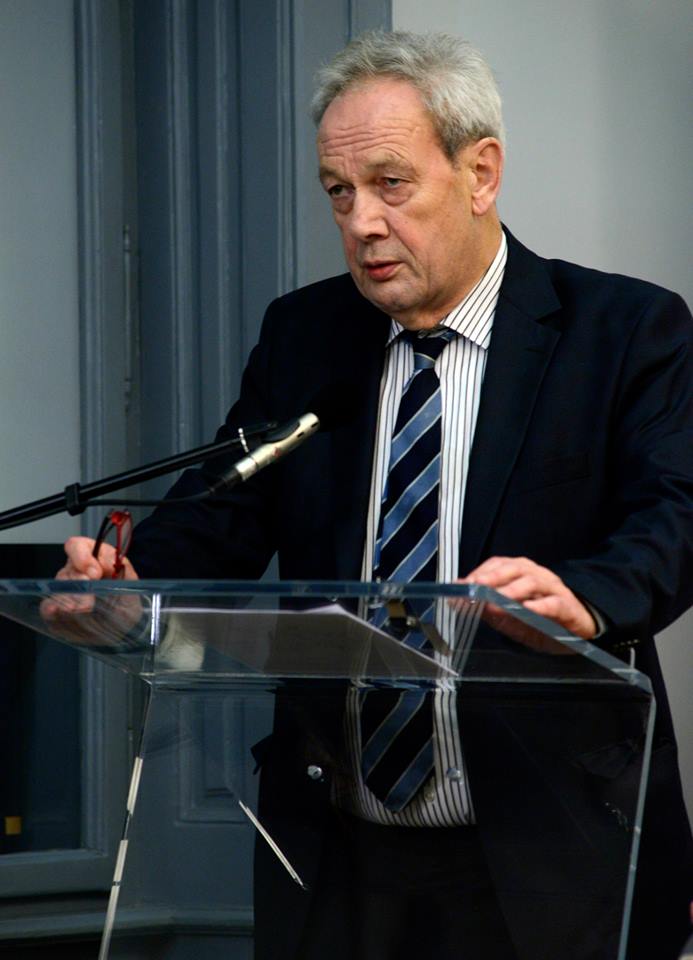

The Other First World War carries on into the early 1920s, a little studied period which found British servicemen still in arms and in peril in far–flung parts of the former Tsarist empire. Stone chose to end his study with the Bolshevik takeover in late 1917.

This work’s great scope is both its strength, and its weakness.

Add to this unknown numbers of Germans, Austro–Hungarians, Serbs, Bulgarians, Greeks, Romanians and Ottoman troops and civilians and the scale of both the war, and Boyd’s task, become clear. The Russians alone had 3.7 million soldiers killed, 3.9 million taken prisoner and (at least) another million civilians died. Everything about the war in the east was colossal, the size of the armies, the areas of territory affected, and the loss of life. Unlike Watson and Rogan, Boyd has opted to cover not one region of this vast conflict, but all the key campaigns of what even Russian historians call ‘the forgotten war’. The centenary of the start of the war brought Alexander Watson’s excellent Ring of Steel: Germany and Austria–Hungary at War, 1914–1918, Eugene Rogan’s, The Fall of the Ottomans: The Great War in the Middle East 1914–1920, and this book, now issued in paperback. Until recently, Norman Stone’s seminal The Eastern Front, 1914–1917, first published in 1975, stood more or less alone. The historiography of the war away from the Western Front, in English at least, is limited. It also helped shape the progress, if that is the word, of the 20th century. It has also made me realise how much more I need to find out, because the war in the east defined the outcome of the conflict. I’ve always suspected it to be the case, but this book has confirmed it. Let us get this out of the way for starters I know far too little about the Great War on the Eastern Fronts (note the plural). The History Press, £16.99, 256pp, soft back, 38 In a fascinating reinterpretation of the connection between the war and the revolution that followed, he shows that although military events had almost ceased by the end of 1916, Russia was still in turmoil, undergoing a period of modernization which opened the way towards revolution.The Other First World War: The Blood–Soaked Tsarist Russia's weakness lay in its outdated administration which resulted in war shortages and an inefficient Army. Dispelling the popular myth of an economically crippled Russia he argues that the country was, in fact, going through a period of unprecedented economic growth. As well as reconstructing these events, Norman Stone explores the factors that influenced their outcome and draws some unexpected conclusions. The battles fought on the Eastern Front were decisive to the course of the war. This groundbreaking study was the first authoritative account of the Russian Front in the First World War to be published in the West and is now reissued with a new introduction.


 0 kommentar(er)
0 kommentar(er)
